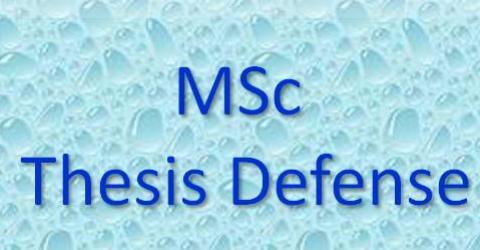
VISUALIZATION AND IMAGE BASED CHARACTERIZATION OF HYDRODYNAMIC CAVITY BUBBLES FOR KIDNEY STONE TREATMENT
Doğan Üzüşen
Mechatronics, MSc Thesis, 2014
Thesis Jury
Prof. Dr. Mustafa Ünel (Thesis Supervisor), Assoc. Prof. Dr. Ali Koşar,
Assist. Prof. Dr. Hüseyin Üvet (Yıldız Technical Univ.)
Date &Time: July 22nd, 2014 – 10:00
Place: FENS 2019
Keywords: Microscopic Images, PIV, Visualization, Median Filter, Morphological Filters, Image Segmentation, Micro-fluidics, Bubble Detection, Tracking
Abstract
Accurate detection, tracking and classification of micro structures through high speed imaging are very important in many biomedical applications. In particular, visualization and characterization of hydrodynamic cavity bubbles in breaking kidney stones have become a real challenge for researchers. Various micro imaging techniques have been used to monitor either an entire bubble cloud or individual bubbles within the cloud.
The main target of this thesis is to perform an image based characterization of hydrodynamic cavity bubbles for kidney stone treatment by designing and constructing a new imaging setup and implementing several image processing and computer vision algorithms for detecting, tracking and classifying cavity bubbles. A high speed CMOS camera with a long distance microscope illuminated by 2 pulsed 198 high performance LED arrays is designed. This system and a µ-PIV setup are used for capturing images of high speed bubbles. Several image processing algorithms including median and morphological filters, segmentation, edge detection and contour extraction algorithms are extensively used for the detection of the bubbles. Furthermore, incremental self-tuning particle filtering (ISPF) method is utilized to track the motion of the high speed cavity bubbles. These bubbles are also classified by their geometric features such as size, shape and orientation. An extensive visualisation work is conducted on the new setup and cavity bubbles are successfully detected, tracked and classified from the microscopic images. Despite very low exposure times and high speed motion of the bubbles, developed system and methods work in a very robust manner. All the algorithms are implemented in Microsoft Visual C++ using OpenCV 2.4.2 library.

